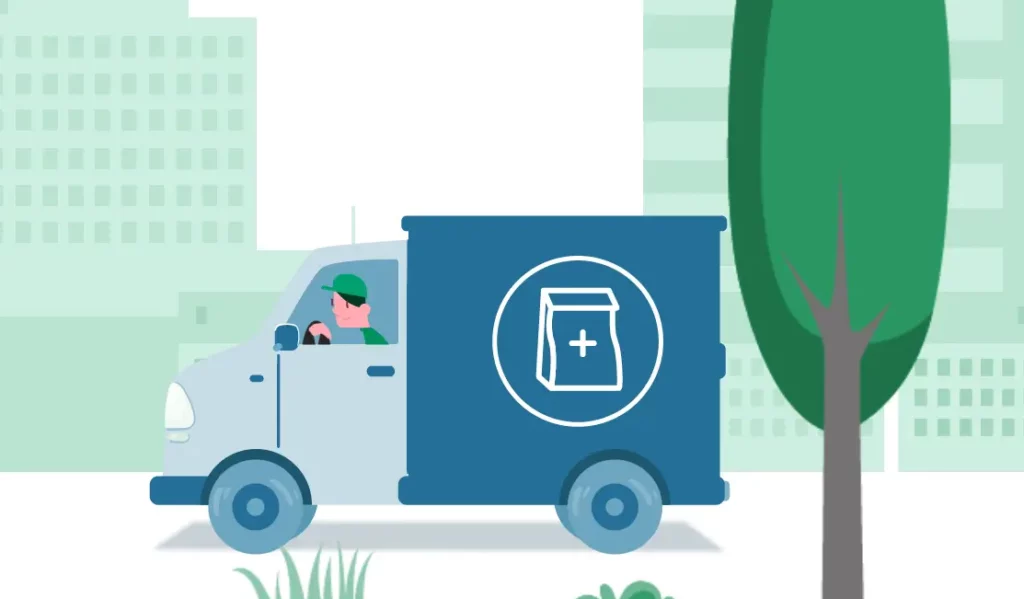Oedema is a medical condition characterised by the accumulation of excessive fluid in the body’s tissues. It can occur in various parts of the body, leading to swelling and discomfort. Oedema can be a symptom of an underlying health condition or a result of lifestyle factors.
Symptoms of Oedema
People with oedema will typically experience these symptoms:
- Swelling in affected body parts: The main indicator of oedema is noticeable swelling, commonly observed in the legs, ankles, feet, and hands.
- Puffiness or tightness of the skin: The skin over the swollen area may appear puffy, stretched, or tight. It may feel tense to the touch.
- Weight gain: Oedema can lead to a sudden increase in body weight due to the accumulation of fluid. This weight gain is primarily caused by the excess fluid retained in the tissues.
- Reduced flexibility or range of motion: Swelling from oedema can limit joint movement and flexibility. This may result in discomfort or difficulty in performing daily activities or movements.
- Skin discolouration or indentation: In some cases, the skin over the swollen area may take on a reddish or bluish hue. Additionally, when pressure is applied to the swollen skin, it may retain an indentation or pit-like mark after the pressure is released.
To find out more about the symptoms of oedema and what they look like, visit the NHS website.
Causes of Oedema
Oedema is commonly caused by factors such as:
- Prolonged periods of standing or sitting without movement
- Consuming excessive amounts of salty food
- Being overweight
- Taking certain medications like blood pressure medicines, contraceptive pills, hormone therapy, antidepressants, or steroids
- Pregnancy
Additionally, oedema can be caused by:
- Injuries such as strains or sprains
- Insect bites or stings
- Underlying kidney, liver, or heart problems
- Blood clots
- Infections
Manage Your Oedema at Home
Here are some tips to help you alleviate your oedema symptoms at home:
- Raise your legs or the swollen area on a chair or pillows when possible to encourage fluid drainage and reduce swelling
- Engage in gentle exercise, such as walking, to improve blood flow and circulation
- Wear wide, comfortable shoes with a low heel and soft sole to provide adequate support and reduce pressure on swollen feet
- Maintain good foot hygiene by washing, drying, and moisturising your feet regularly to prevent potential infections
When should you see your GP?
You should get an appointment with your GP immediately if the symptoms don’t show any signs of improvement after treating it at home for a few days, or if the symptoms worsen.
If your symptoms are causing you severe discomfort, you should call 111 or visit 111.nhs.uk now.
Get Your Oedema Prescription Online
If you have been prescribed a drug like Spironolactone or Furosemide to help reduce your oedema symptoms, you can order your prescription online using your Healthera app.
It only takes a couple of minutes to set up your order for collection or home delivery from your local pharmacy!
To get started, simply click the “Find Medicine” button.

